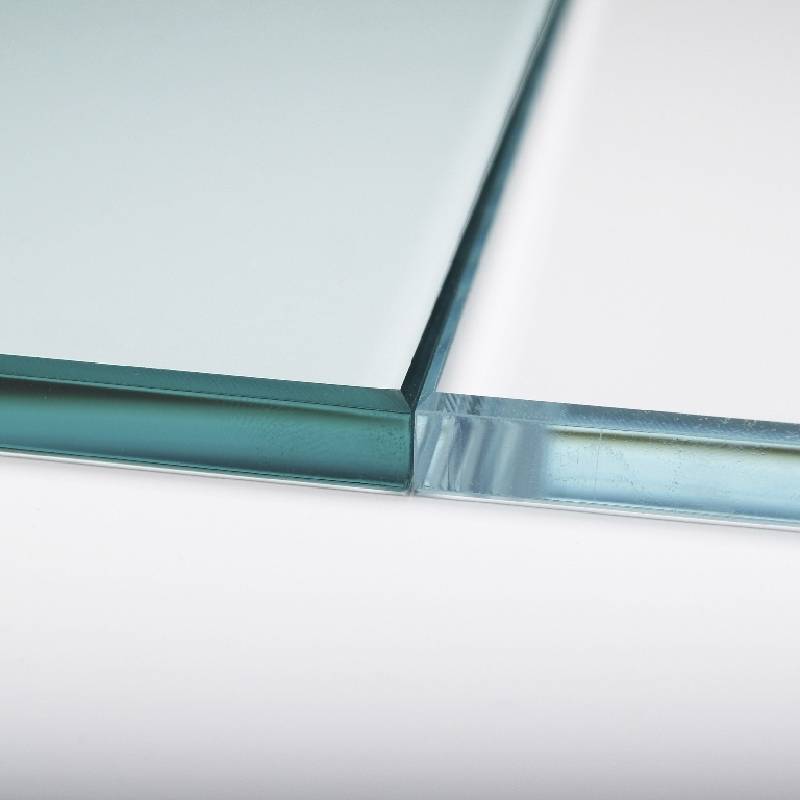

Understanding Low-E 340 Glass Advantages and Applications
In the realm of energy-efficient building materials, Low-E (low emissivity) glass has gained considerable attention for its ability to enhance thermal performance and contribute to sustainability. Among the various types of Low-E coatings available, Low-E 340 glass stands out due to its unique properties and applications. This article delves into the significance of Low-E 340 glass, exploring its benefits, functionality, and ideal usage scenarios.
What is Low-E 340 Glass?
Low-E 340 glass is a specially treated glass with a coating that minimizes the amount of infrared and ultraviolet light that can pass through it while allowing a significant amount of visible light to enter. The 340 denotes the specific wavelength (340 nanometers) at which this glass effectively blocks harmful radiation. This selective filtering not only contributes to energy efficiency but also protects interior furnishings from fading due to UV exposure.
Key Benefits of Low-E 340 Glass
1. Energy Efficiency One of the foremost advantages of Low-E 340 glass is its ability to improve a building's energy efficiency. By reflecting heat back into the interior space during colder months and blocking unwanted heat gain during warmer months, this glass minimizes reliance on heating and cooling systems. As a result, users can enjoy lower energy bills and a more comfortable indoor environment.
2. UV Protection The UV-filtering capability of Low-E 340 glass is particularly beneficial in protecting artwork, furniture, and flooring from fading and degradation caused by sunlight. For residential and commercial spaces alike, this means reduced maintenance costs and extended longevity of interior products.

3. Enhanced Comfort By maintaining a more consistent indoor temperature, Low-E 340 glass enhances overall comfort for occupants. The reduction in cold spots near windows and minimized glare from sunlight contribute to a more pleasant living or working environment.
4. Environmental Impact Utilizing Low-E glass contributes to sustainable building practices. By enhancing energy efficiency, buildings can reduce their carbon footprint and comply with increasingly stringent energy regulations and standards.
Applications of Low-E 340 Glass
Low-E 340 glass is suitable for a variety of applications, including residential windows, commercial storefronts, and curtain walls. Its versatility makes it a popular choice among architects and builders aiming to achieve green building certifications, such as LEED (Leadership in Energy and Environmental Design).
Furthermore, Low-E 340 glass can be incorporated into various window styles, from fixed and sliding windows to more intricate designs. This flexibility allows designers to maintain aesthetic appeal while promoting energy efficiency.
Conclusion
In summary, Low-E 340 glass represents a significant advancement in the field of energy-efficient building materials. Its ability to balance energy savings with aesthetic appeal makes it an attractive choice for both residential and commercial applications. As the demand for sustainable building practices continues to grow, Low-E 340 glass serves as a vital component in the quest for energy efficiency and environmental responsibility. Ultimately, investing in Low-E 340 glass not only benefits individual buildings but also contributes to broader efforts in combatting climate change and promoting sustainable living.